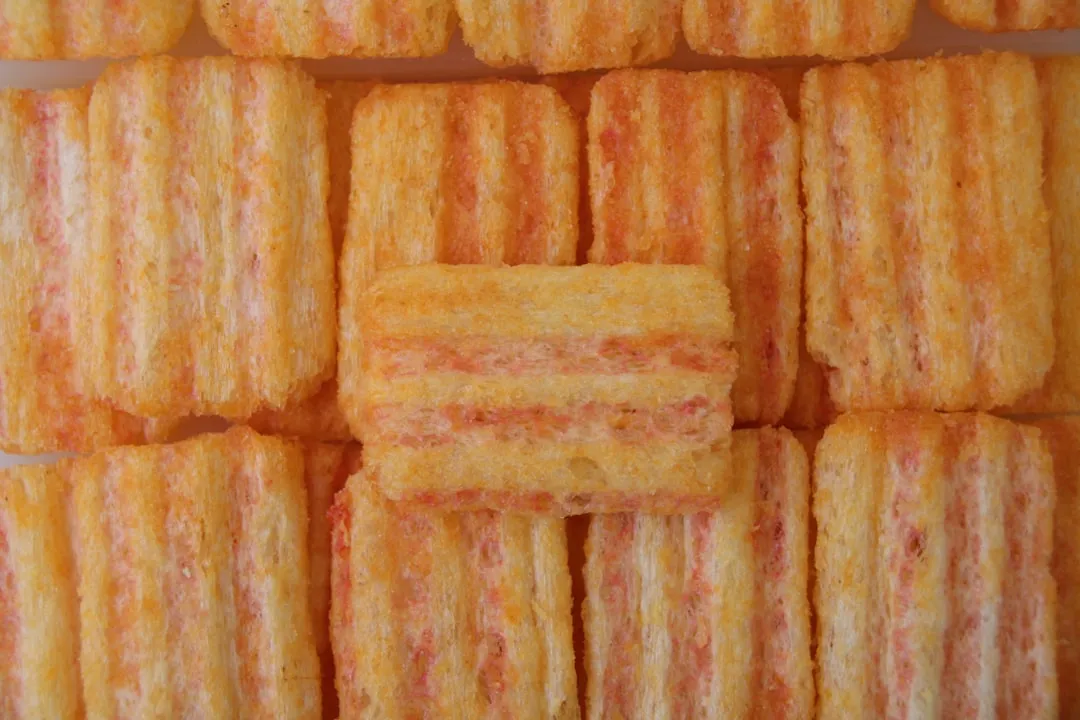A perfectly cooked roast potato is a study in contrasts: the outside should be crisp, crunchy, and salty, while the inside is tender and fluffy. Too often, however, roast potatoes come out overcooked, greasy, and tough.
But never fear! With this handy guide, you'll be able to produce perfectly crisp roasted potatoes at home every single time, no matter which of the methods you choose.
If you prefer mashed potatoes over roast potatoes, make sure to check out our guide to perfecting fluffy mashed potatoes without adding more butter or milk.
Choosing, Peeling, & Prepping Your Potatoes
Different types of potatoes excel in different ways. For roast potatoes, you want one that's not too starchy or waxy. A medium-starch potato, also known as an "all-purpose" potato is best.
Try yukon gold, red, fingerling, and blue or purple potatoes. They all work well. Even though they're better for baking, a basic russet potato will do in a pinch. Fine Cooking has a comprehensive potato guide where you can read more.
Next, wash, peel, and cut up your potato. You can simply cut them into halves, but if they're very large, you may want to cut them into quarters. Keep the pieces uniform so they'll cook evenly.
If the potato is thin-skinned, as with new red potatoes, you can probably skip the peeling part. If you're too lazy to peel your potatoes the traditional way, check out our tip for peeling potatoes faster with your bare hands—but only if you're going to use Method #2 listed below.
Get Rough with Your Potato
The trick to getting that perfect surface on your roast potatoes? Scuff up the outside once they're peeled. There are two ways to make this happen.
Method #1: Fork 'Em
In the first method, you take a regular fork and scuff the potato with the tines while it's still raw. You want to break up the entire surface so that when the potato goes into the oven, it will have lots of crispy edges.
Next, salt the potato. This not only gives the potato flavor, but it will dry out the surface for maximum crispiness. Let them sit for a couple of minutes after they're salted so they can absorb flavor before you toss them in oil or butter (or both).
Method #2: Shake 'Em
In the second method, you parboil the potatoes (simmer them in boiling water for a couple of minutes only until the surface is tender). Then you place the potatoes in a large colander and shake them vigorously so that they get roughed up. If you've got a large amount of potatoes, you may want to do this in batches.
Next, sprinkle the potatoes with flour—this serves the same purpose as the salt and dries out the potatoes to help them get nice and crisp. Then baste them with the fat of your choice, and roast them in the oven.
BBC Good Food and Delia Smith both have good, if slightly different guides for using the parboiling and colander method.
Which Method Works Best?
Personally, I tend to use the fork method if I'm cooking for myself or just a couple of people. It saves water and doesn't dirty up a large pot and a colander. If I were making roast potatoes for a crowd, I'd probably go with the second method. Either way, you'll end up with savory, crunchy, tasty potatoes, and that's a win-win situation, if you ask me.
Image credits: Roasted potatoes via The Telegraph UK, Basket of potatoes via The List, Cut potatoes via Small Wallet, Big Appetite, Potatoes in colander via Home Ec 101





























Comments
Be the first, drop a comment!